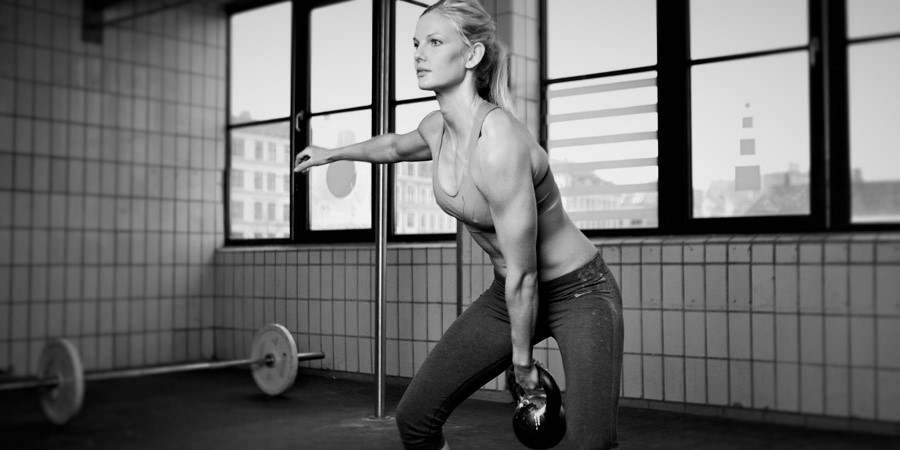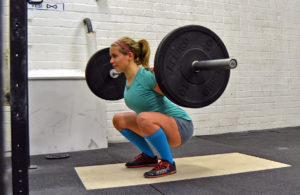Strength Training Plan Template

Write Your Own Strength Training Plan: A Template
While it would be great if everyone had the means and the time to work with a personal trainer or strength and conditioning coach, the reality is that many people are unable to make that happen or may not need or want that type of help and accountability. If that’s you, but you would like some guidance, or, possibly, a new way to think about your strength training plan, this blog post is for you!
There are many ways to structure a strength training plan, and it can get confusing as to what is best for an individual. From full-body workouts to body-part splits (think chest and triceps, back and biceps), push/pull/legs to athletic-based workouts, the possibilities are endless. Add in busy schedules, equipment limitations, and exercise knowledge and it can become complicated!
Strength Training Plan Template
One of the best ways we have found, which works very well for a large majority of people, is a full-body routine, structured in the following way:
- Squat/lunge
- Hip hinge
- Upper body push
- Upper body pull
- Trunk/abs
- Extra (fun) stuff – if time
This routine works well for several reasons. Firstly, it covers the four main ways humans have been created and designed to move: squatting, hinging, pushing, and pulling. These are called movement patterns. Secondly, utilizing these movement patterns allows for customization. You have endless possibilities and combinations of exercises at your disposal, which can be tailored to each individual. It also allows consideration for each individual’s limitations (strength, equipment, space, movement limitations, etc). Finally, and maybe most significantly, it works for life. Life is hectic. Schedules are chaotic. Kids have 137 different things they are doing and places they need to be.
Training your entire body, every time you workout, covers all your bases, every single time. So, when you “only” get two lifts in, you’re not concerned about missing a leg workout for the third week in a row. When you have 40 minutes until you need to run to soccer practice and all you’ve got is a pair of 25lb dumbbells, you can make it happen. You can train one day per week or six (at least one rest day is a good idea). It allows for changes and flexibility, while still being consistent.
Okay, great. I’ve got my template, and I’m confident I can stick to it a few times a week, however, there’s just one problem. What the heck is a hip hinge? And what’s an “upper-body pull”? Is that like a chin-up? Yes! It is a chin-up!
Exercises to Fill the Template
 Now that we’ve got the template down, your job is to pick an exercise that fulfills each category. Below are some ideas to get you started, and a good YouTube page with other exercises will come in handy too!
Now that we’ve got the template down, your job is to pick an exercise that fulfills each category. Below are some ideas to get you started, and a good YouTube page with other exercises will come in handy too!
Squat/lunge: Goblet squats, walking lunges, box step-ups, barbell back or front squats, split squats, and everyone’s favorite – Bulgarian split squats.
Hip hinge: Romanian deadlifts (kettlebell, dumbbells, barbells), glute bridge and hip thrust variations, single leg RDL’s, trap bar or barbell deadlifts
Upper body push: Pushups, landmine presses, dumbbell or barbell bench press, dumbbell or barbell shoulder press
Upper body pull: Chin-ups, dumbbell rows, face pulls, inverted rows
Trunk/abs: Side planks, deadbug variations, carrying heavy stuff, planks
Extra fun stuff: Bicep curls, calf raises, clamshells, rotator cuff exercises
Sample Strength Training Plan
Here are just a few examples of what a full workout could look like:
- Walking lunges 3×8/leg
- Barbell RDL 3×10
- Pushups 2×8
- 1 Arm facepull 3×10/arm
- 1 arm DB Carry 2x20seconds
- DB Curls 3×8
Workout 2
- Barbell back squat 3×5
- 1 leg hip thrust 3×10
- DB bench press 3×10
- Chinups 2×6
- Side Plank 3x20sec/side
- Calf raises 2×10
Workout 3
- Bulgarian split squat – 2×8
- Split stance 1 leg RDL – 3×8
- 1 arm dumbbell shoulder press 2×8
- Inverted row – 3×10
- Plank 3x6x10sec holds
- No time today
Conclusion
A few final notes. A good general starting point is 2-3 sets of 6-10 reps. If you are newer to strength training, start on the lower end of those ranges and gradually increase as you feel able. The sequence in which you do the exercises is not set in stone – change them if you want! Something we often do with our clients is alternate a lower-body exercise with an upper-body. It’s okay to do the same exercise twice in one week, especially if you are limited by equipment or knowledge.
Remember, the MOST IMPORTANT thing about any training plan isn’t the plan itself! Rather, it is your ability to consistently stick to it and put forth the effort. The worst program, done with relentless consistency and hard effort, will yield greater results than the best program, done half-heartedly and inconsistently. Finally, if all this seems too confusing, has left you with questions, or you want to learn more, reach out to us and we’d love to help! You can schedule a training consult online or call 262-373-9168.
 262-373-9168
262-373-9168




